Like with any purchase or investment you make, whether it is a new mobile phone, car or crypto, you want to ensure it is protected. Similar to buying insurance coverage for that new car to protect you against damages or loss; you want to find a safe place to store and safeguard your digital assets.
This is where a non-custodial hardware wallet comes into play and provides a “safe place” to keep your crypto. Now, like many things in life, there are different options for these wallets. Hot wallets, cold wallets, paper or hardware.
In this article, we will explore the safest cold wallet options available for MetaMask. But first, let’s explore what exactly is Metamask.
MetaMask Overview
Known for being a free mobile and web browser crypto wallet, it allows users to swap cryptocurrencies off of the blockchain and NFTs and also has the option to work with a wide variety of dApps. Although MetaMask is free to download and use to receive crypto; to buy, swap or sell, it has a 0.875% service fee charge.
Now, the big question is, is whether MetaMask is a hot or cold wallet.
The short answer: as is, it is a hot wallet because it is a software wallet relying on the internet to store your crypto.

But wait? How can MetaMask be so popular if it’s so “unsafe and untrustworthy” being susceptible to hackers online? Well, by purchasing a cold hardware wallet to store your crypto along with MetaMask!
Let’s have a further look into this option.
Understanding Hardware Wallets and MetaMask
It is important to understand that a wallet like MetaMask is essentially like a bank account. You can send money, receive money, do transfers and trade. But, a hardware wallet is a physical object, usually a USB or steel plate, that protects your private keys and seed phrases. It is undoubtedly, the safest way to store your crypto.
Within the realm of hardware wallets, there are two categories: hot and cold wallets. As mentioned before, some hardware wallets, like USBs are considered to be hot because they need to be “plugged in” to a computer or other device to access. This makes your private keys potentially hackable.
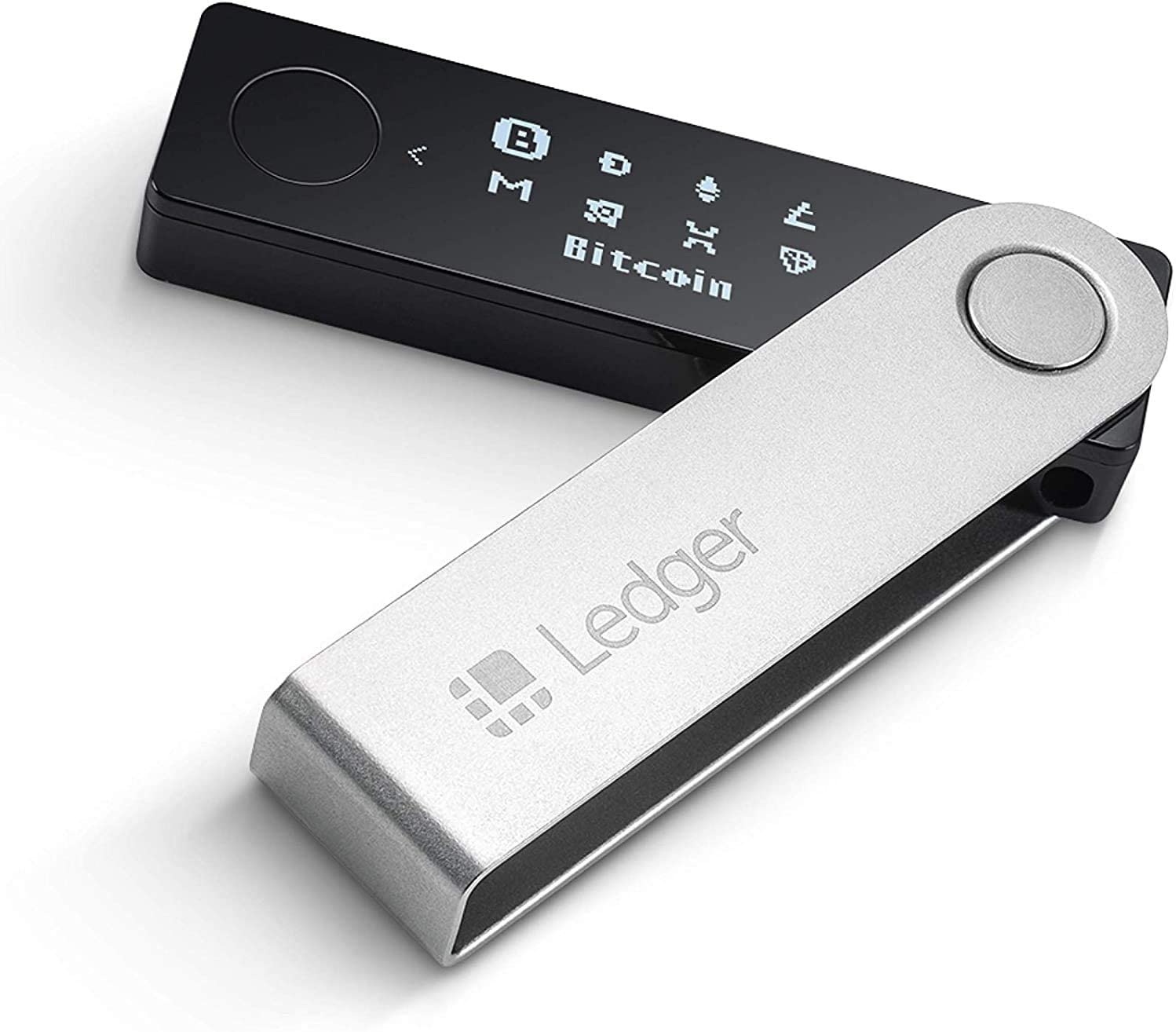
Meanwhile, cold hardware wallets, like that of Material Bitcoin, are 100% stainless steel plates, which are fire-resistant and waterproof.
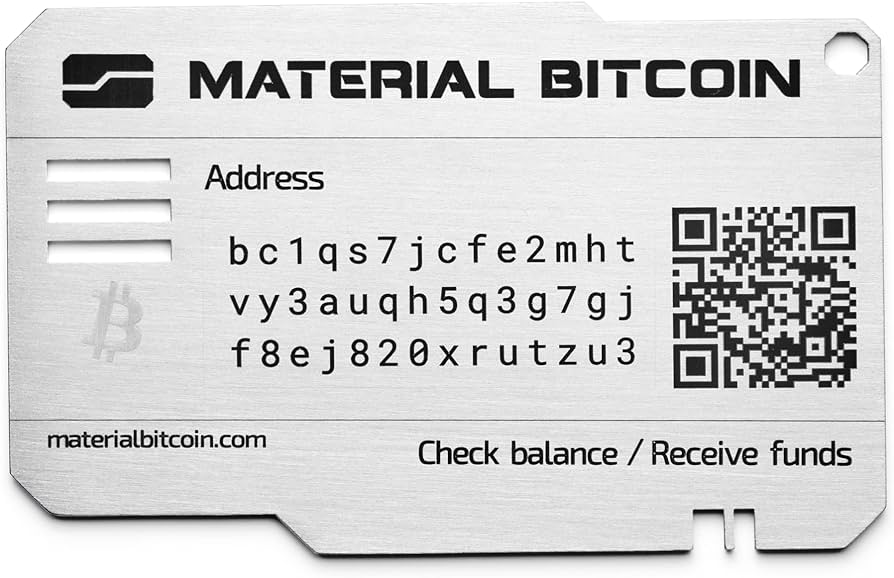
A hardware cold wallet allows you to protect your private information and guarantees that your private keys are virtually unhackable. Imagine, if you were to ever lose your MetaMask or other hot wallet PIN or passphrase, you could potentially lose everything. But not with a cold hardware wallet. As Andreas Antonopoulos famously said “Not your keys, not your coin”. The great news is that you can use a hardware wallet along with MetaMask to further protect your crypto.
How to Use a Hardware Wallet With MetaMask
Connecting a hardware wallet to MetaMask cannot be easier. All you need to do is enter the mobile app or browser site, click on the icon on the top right corner, select “connect hardware wallet”, pick the wallet or QR code that you wish to pair, and hit connect.
Luckily, for those who still need further assistance, MetaMask has plenty of support and a helpful FAQ section online to help guide you through any of your doubts.

Although some hardware wallets can be used with MetaMask, it doesn’t mean that they are cold hardware wallets.
MetaMask currently works seamlessly with five hardware wallets, including AirGap Vault, Keystone (available on both Extension and Mobile), Lattice, Ledger, and Trezor. It’s important to note that, at present, these hardware wallet integrations are specifically tailored for MetaMask Extension.
As described before, the difference between a cold and hot hardware wallet can make all the difference in how safe your private keys are.
Using a hardware wallet like that of Ledger, for example, is still considered hackable as it is a USB which needs to be plugged into a device. Meanwhile, a cold hardware wallet, like that of Material Bitcoin provides top-tier security as your private keys, PINs, passphrases and seed phrases are all physically located on the metal plate in your hands. As it is made of stainless steel, you are not plugging it into any device or relying on the internet to access your sensitive information. You are in total control.
MetaMask & Hardware Wallets: FAQ
Is it safe to connect a hardware wallet to MetaMask?
Yes! And for extra security, safety and privacy, it is a recommended action that all crypto investors take to help safeguard their digital assets. Picking a cold hardware wallet is even one step further in protecting yourself and crypto.
How do I use my hardware wallet with MetaMask?
Easily follow the steps indicated to connect your hardware wallet to MetaMask. Moreover, you can use a cold hardware wallet to keep your private keys and seed phrases separately. This is an extra step that keeps your information totally offline. One example of a secure cold hardware wallet is a metal plate that you can carve your seed phrases and codes. This will guarantee that your information cannot be destroyed by the elements nor can it be hacked as it is a physical object.
Steps for transferring assets from MetaMask to a hardware wallet?
This can vary from wallet to wallet, however the general steps are similar. Simply log into your wallet, hit the send/receive button or scan the QR code and follow the prompts. If you require specific instructions for particular wallets, you can find the step-by-step instructions on their website and help forums. Have a look at MetaMask’s Hardware Wallet User Guide here for further details.
Hardware and Cold Wallets are Crypto Protection Game-Changers
Pairing a hardware cold wallet with MetaMask is like adding an extra layer of protection to your crypto. In today’s digital world, where hacking and phishing are unfortunately so common, safeguarding your cryptocurrencies gives you added peace of mind.
You get the best of both worlds, by having quick and easy access on your phone and computer when you want with MetaMask, but all the safety and privacy with a hardware cold wallet, like that of Material Bitcoin and others.
The great news is that taking the steps to set up and protect your digital assets has never been easier!

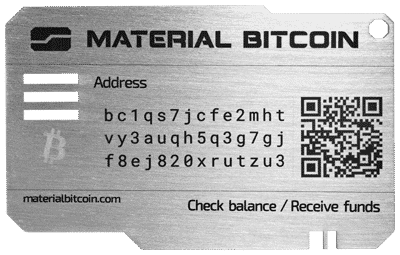





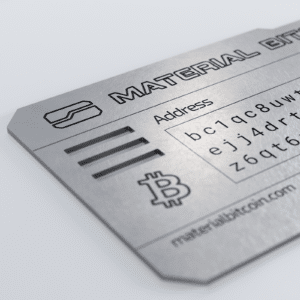

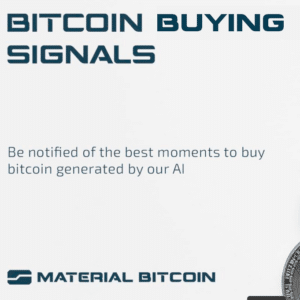
0 Comments